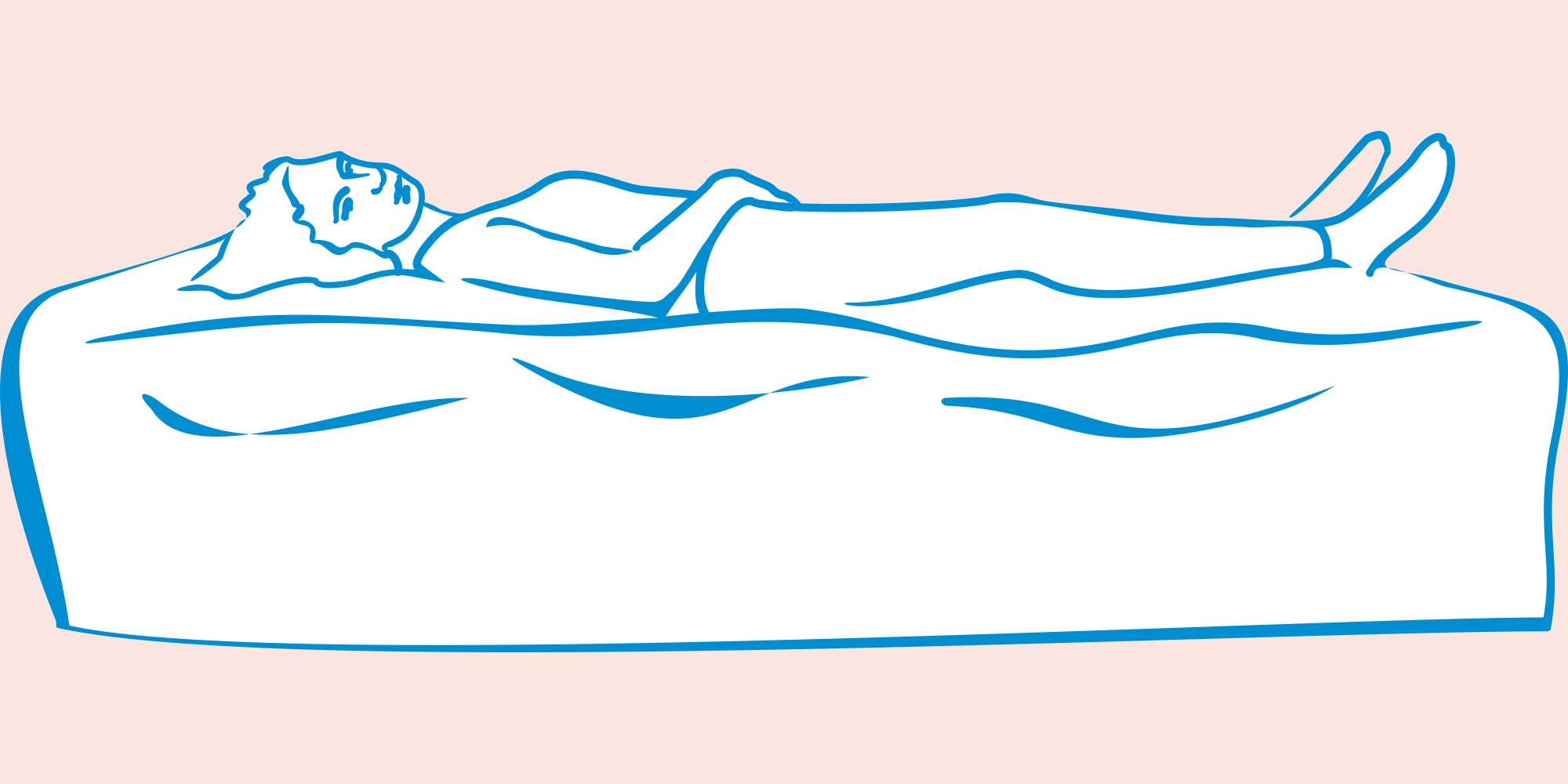To provide services at the highest level, we use cookies. Using the website requires you to choose settings related to their storage on your device. If you want to know what each type of cookie is used for, click the Details button below.
Is a water mattress a good idea?28 lutego 2022 |

Yes, because a water mattress requires regular maintenance, including monitoring the water level and adding agents to prevent bacteria formation. It is very easy to damage it or reduce its usability.
Generally not, because it cannot support the body in an anatomical position. It improperly accumulates pressure points. This, in turn, causes the body weight to be distributed incorrectly. Additionally, it can increase sweating.
Yes, there is always a risk of leakage in water mattresses, which can lead to serious damage if not properly repaired.
The main disadvantages of a water mattress are its potential harm to health, the risk of leakage, the need for regular maintenance, and the higher costs associated with heating the water and upkeep.
If you are looking for an alternative to a water mattress, consider the Osaka Air mattress. It will provide proper support, adjusting to the natural curves of the spine. Unlike a water mattress, the Osaka Air mattress does not require special maintenance or water level monitoring. It also does not need additional heating, which reduces operating costs and increases comfort.